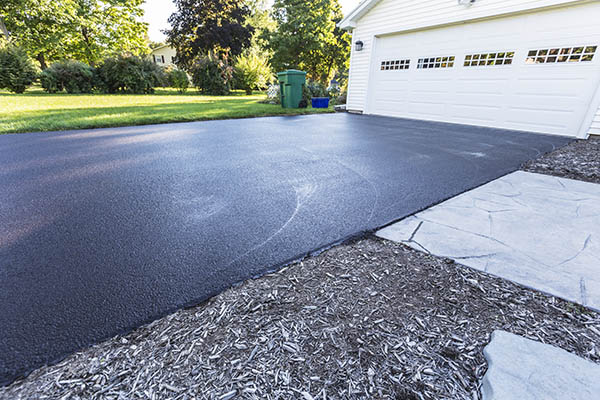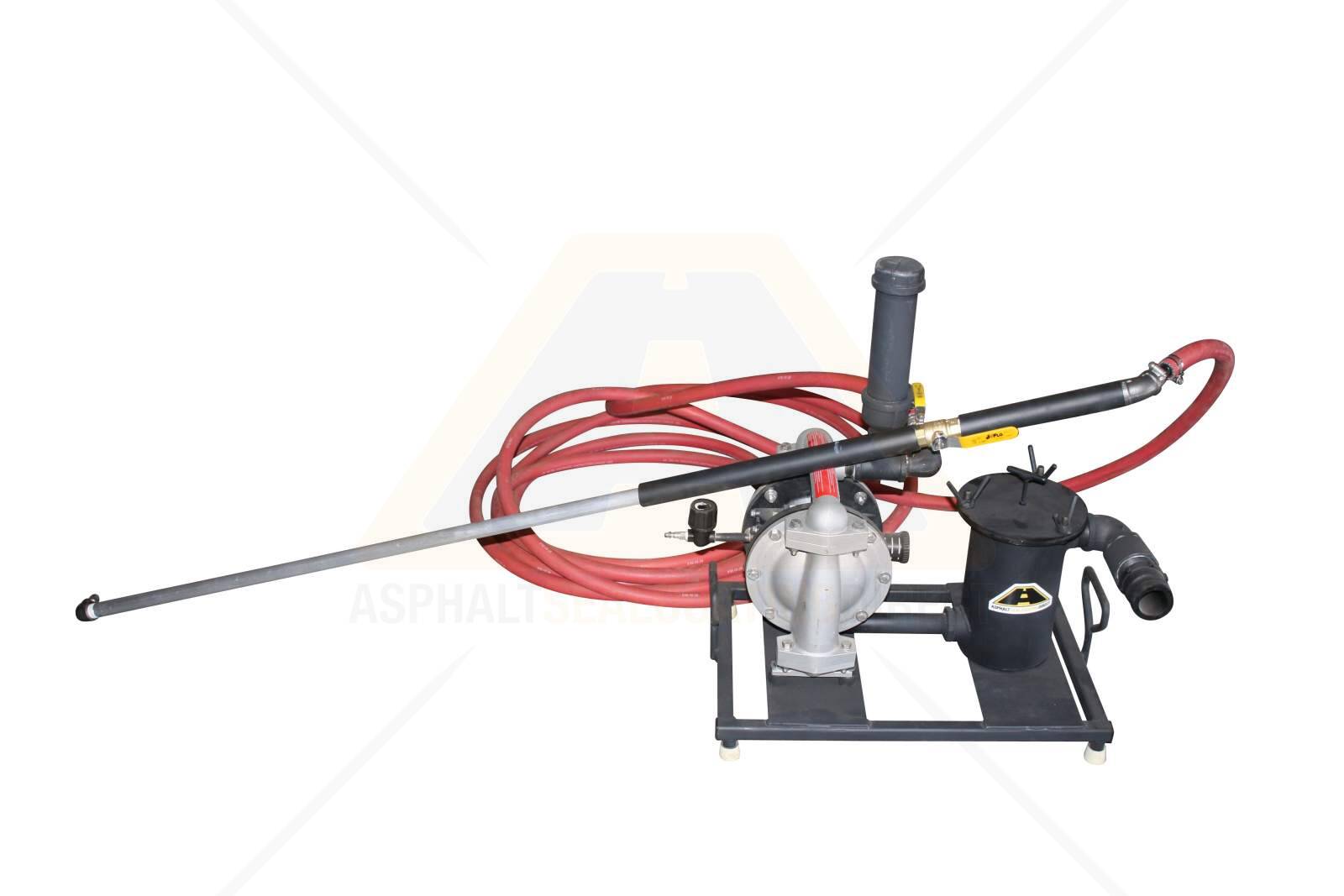Swift Solutions for Asphalt Spot Repair: Ideal Securing Methods
Swift Solutions for Asphalt Spot Repair: Ideal Securing Methods
Blog Article
Cold Mix Asphalt Vs. Hot Mix Asphalt: Which Is Right for You?

Make-up Distinctions
Cold mix and hot mix asphalts differ significantly in their structure, with distinctive attributes that influence their performance and applications. Cold mix asphalt is created by emulsifying the asphalt binder with water and an emulsifying agent before blending it with aggregate. This method enables the asphalt to be practical at lower temperatures, making it suitable for short-term fixings and for use in chillier climate condition. Hot mix asphalt, on the various other hand, is made at heats, normally in between 300-350 ° F, which helps to achieve much better compaction and a much more long lasting last product. The hot mix asphalt production procedure entails heating the aggregate and asphalt binder individually prior to incorporating them at the asphalt plant.
In addition, cool mix asphalt often tends to be less thick and extra adaptable than warm mix asphalt. This versatility makes it far better matched for locations with higher levels of motion, such as driveways or roadways with hefty website traffic. In comparison, warm mix asphalt is recognized for its high longevity and resistance to rutting and fracturing, making it a recommended option for highways and high-traffic roads where long life is critical.
Installation Process Differences
The process of setting up cool mix and hot mix asphalt exhibits significant variances in their procedures and requirements. In comparison, hot mix asphalt demands a much more intricate installment procedure. Due to the heating demands, warm mix asphalt setups are generally lugged out by professionals with customized equipment, making certain a more structurally sound and irreversible outcome.
Sturdiness and Long Life Variables
When considering asphalt alternatives, longevity and long life are critical variables to examine for long-term sidewalk efficiency. Warm mix asphalt (HMA) is known for its extraordinary sturdiness and longevity.
In terms of long life, HMA normally surpasses CMA due to its exceptional toughness and resistance buildings. HMA pavements have a longer life span, requiring less regular repair services and maintenance, which can translate to set you back savings in the future. Additionally, HMA pavements are a lot more easily personalized to meet details job requirements, additionally enhancing their sturdiness.
Cost Factors To Consider
Thinking about the financial ramifications is a vital facet when examining the option between warm mix asphalt (HMA) and chilly mix asphalt (CMA) for pavement projects. While the initial cost of warm mix asphalt is generally higher than that of cold mix asphalt, HMA often provides a more economical option in the long run due to its superior resilience and long life.
In addition to product costs, it's crucial to think about the expenses linked with installation and upkeep when contrasting HMA and CMA. Eventually, the click here for info decision in between HMA and CMA should take into account not simply the preliminary price but additionally the long-term monetary implications to identify the most affordable alternative for the specific pavement project.
Environmental Impact Comparison
Contrast of the environmental effects between warm mix asphalt (HMA) and chilly mix asphalt (CMA) reveals unique distinctions in sustainability techniques. HMA manufacturing needs high temperatures, resulting in raised power consumption and greenhouse gas exhausts. The process likewise releases unpredictable natural compounds (VOCs) and harmful air toxins (HAPs) right into the atmosphere. On the other hand, CMA is generated and used at reduced temperature levels, reducing energy usage and discharges considerably. The lower production temperatures of CMA lead to lowered gas intake and reduced degrees of carbon dioxide exhausts, making it an extra eco pleasant alternative.
Additionally, the usage of CMA commonly involves recycling existing asphalt sidewalk, advertising source conservation and decreasing the amount of waste sent out to garbage dumps. By choosing for CMA over HMA, roadway building and construction jobs can add favorably to environmental conservation initiatives.
Conclusion
To conclude, the selection between cool mix asphalt (CMA) and hot mix asphalt (HMA) depends on different variables such as composition, setup process, toughness, durability, price, and environmental impact. cold mix asphalt. While CMA offers a economical and fast service for minor fixings, HMA guarantees remarkable sturdiness and long life for heavy traffic areas. Think about these aspects meticulously to determine which kind of asphalt is published here the appropriate choice for see this your paving requires

Taking into consideration the financial effects is an important facet when assessing the selection in between hot mix asphalt (HMA) and cool mix asphalt (CMA) for pavement projects. While the preliminary expense of warm mix asphalt is generally greater than that of cool mix asphalt, HMA often gives a more economical remedy in the long run due to its exceptional durability and long life. angle parking.Contrast of the ecological influences in between hot mix asphalt (HMA) and chilly mix asphalt (CMA) exposes unique distinctions in sustainability techniques.In final thought, the option between cool mix asphalt (CMA) and hot mix asphalt (HMA) depends on different variables such as make-up, installment procedure, resilience, longevity, price, and ecological influence
Report this page